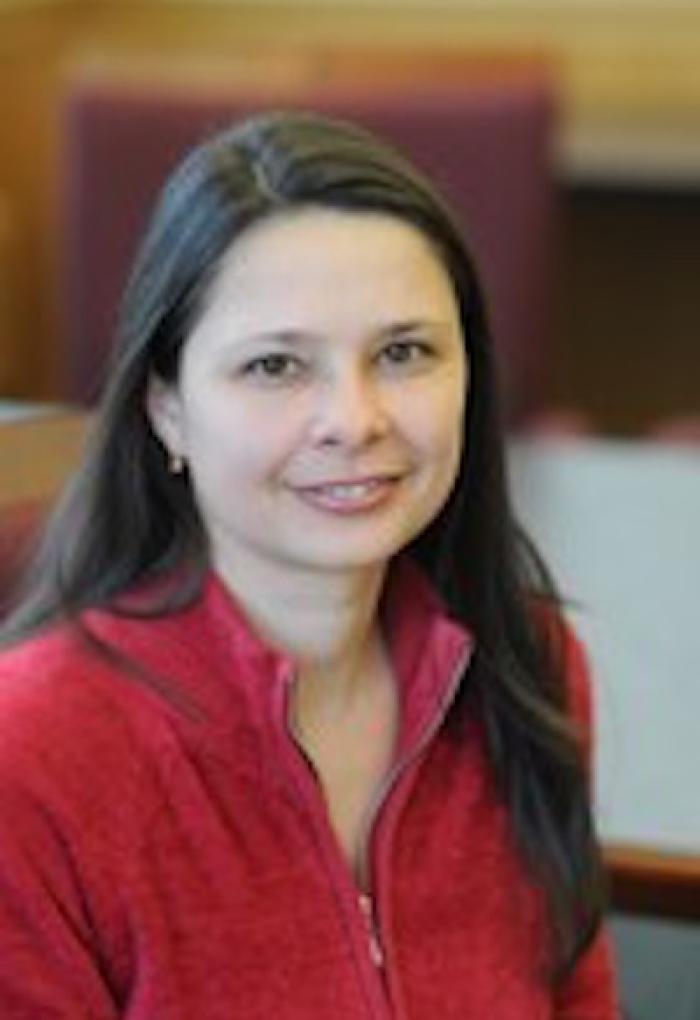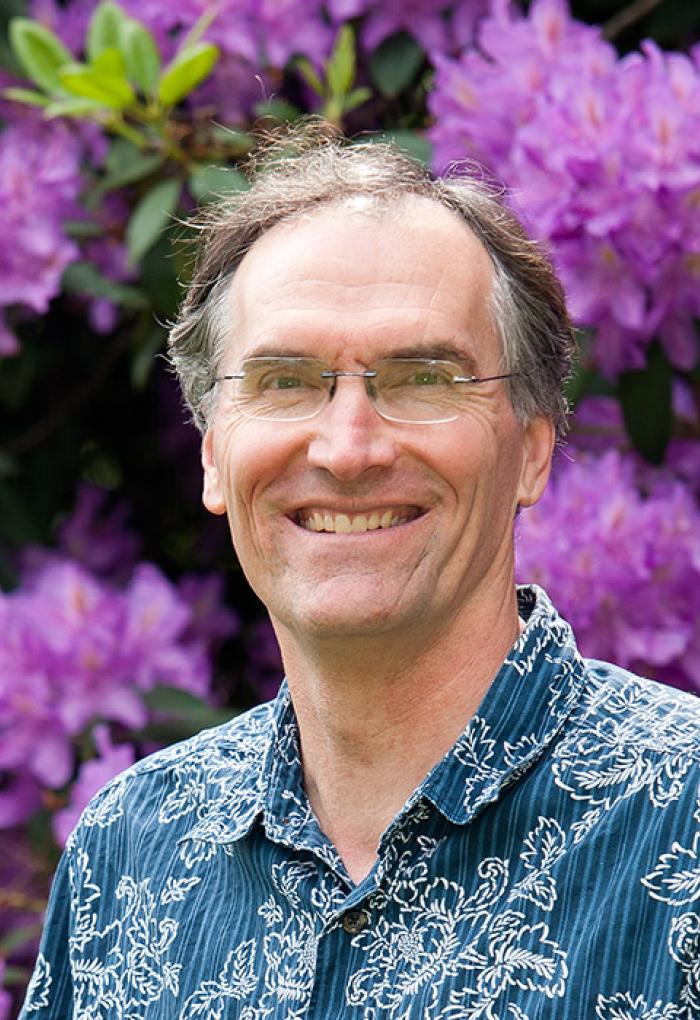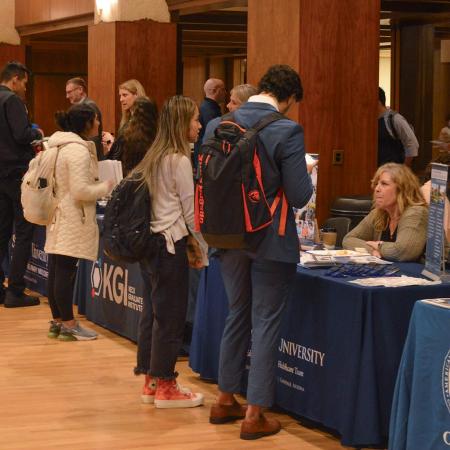The impact of Arnold’s work has been appreciated by biochemists since 1993 when she developed the first methods for directed evolution of enzymes. Since then, she has developed technology for more environmentally friendly production of renewable energy as well as pharmaceutical manufacturing.
The work of Smith and Winter dates back to 1985 when Smith developed a method known as phage display, which has since been used in many labs to develop new proteins. Winter’s work has also helped produce medically valuable treatments for toxins, autoimmune diseases, and cancer, according to a report from The Royal Swedish Academy of Sciences.
Nobel Prize in Physiology/Medicine
Natalia Shulzhenko an Associate Professor in the Carlson College of Veterinary Medicine at OSU, will highlight the ways in which the immune system responds to cancer, and then explain how the 2018 Nobel Prize in Medicine is currently the most effective strategy to cancer immunotherapy. Schlzhenko’s research focuses on our immune system and its interactions with the microorganisms that coexist within us.
This year’s Nobel Prize was awarded jointly to James P. Allison and Tasuku Honjo by the Nobel Assembly at Karolinska Institutet for “their discovery of cancer therapy by inhibition of negative immune regulation.” This development will revolutionize the medical outlook on cancer treatment. By releasing the brakes of the body’s own immune system to fight against cancerous cells, it becomes possible to cure the deadly disease in a painless and noninvasive way.
While the Nobel Prize may be the highest honor in science, many of the greatest discoveries remain unsung. Smaller but equally relevant achievements are happening in laboratories around the world every day – even here in the College of Science and at OSU. Understanding the significance of the Nobel Prizes is one step towards becoming a more scientifically aware community. We invite you to take that step and join us on April 22.







